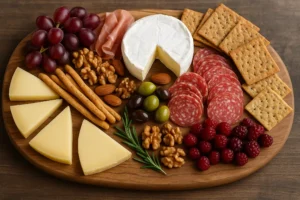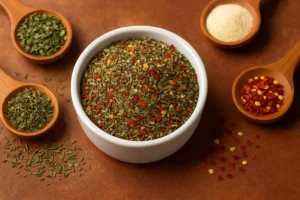I still remember the first time I looked down into the pail and saw a creamy swirl of fresh milk — that moment sealed my devotion to goat milk production. It felt like alchemy: clean, living food, right from my little goat herd, made possible by trust, routine, and a whole lot of learning. If you’re reading this, you’re probably drawn to that same blend of simplicity and depth. Whether you’re dreaming of milking goats for your family, starting a small farm, or building a sideline business, this is my story, my lessons, and my advice all centered around small-scale goat milk production.
My First Steps with Milking Goats
When I bought my first two does, I was clueless about milking goats. I learned fast, though, because goats don’t wait. I had to invent a routine before I even understood all the jargon. Over time, milking became less of a chore and more of a meditation — the steady squeeze, the soft gleam in a doe’s eye, the tiny drips falling into the goat milking pail.
From day one, I knew the key was consistency: same time, same spot, same gentle method. That built trust — and it made milk flow easier.
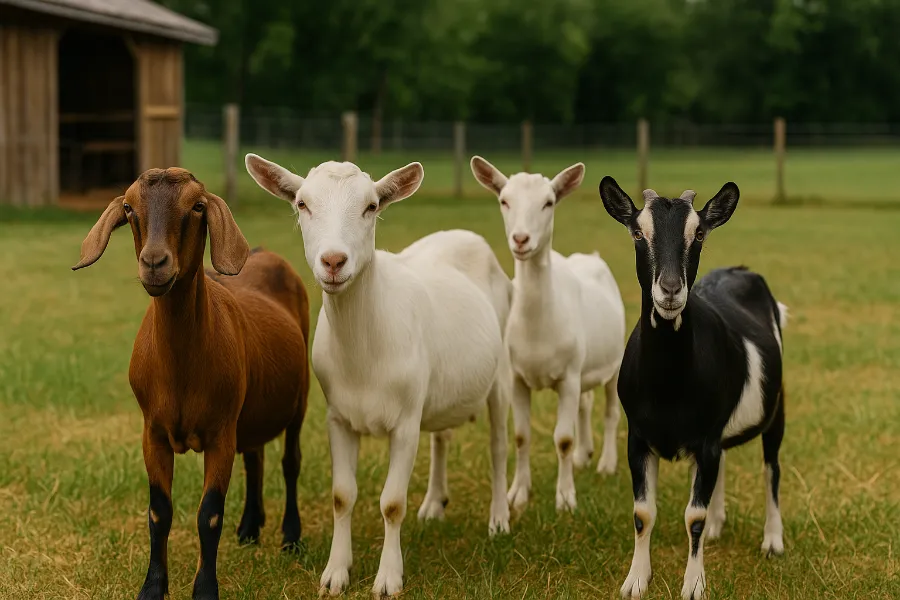
Choosing Your Dairy Goats: The Right Breeds for Your Homestead
One of the biggest levers in goat milk production is your choice of dairy goats. You’ll hear a lot of names thrown around, but I’m going to tell you what’s worked for me and what I’d choose today if I were just getting started.
Nubian Goats
Nubian goats were my first love. Their milk is rich — butterfat often runs 4–5% — making them ideal for cheese, yogurt, or soap. They have that characteristic “goaty” aroma, but when handled well, you can tame it. They’re friendly, sometimes vocal, and especially good in warm climates.
Saanen Goats
When I wanted volume, I added Saanen goats to my herd. These Swiss beauties are known for high yield (though with lower fat than Nubians). They’re calmer, steady producers — and if you keep their goat shelter cool in summer, they’ll do great.
Alpine Goats
I also love Alpine goats for their balance. They’re hardy, adaptable, and sensible. Their production isn’t the flashiest, but it’s reliable. If you want one breed that can handle a range of conditions, Alpines are a safe bet.
If I were putting together a starter herd today, I’d mix a Nubian (for cream) with a Saanen or Alpine (for volume and steadiness). That combo gives you both quality and quantity especially important when you’re milking for your own needs and maybe a small market.
Essential Goat Milking Equipment & Your Milking Stand
I wish someone had told me: your goat milking equipment is only as good as how clean you keep it. You can have the fanciest gear, but dirty gear will ruin your milk faster than anything.
Here’s what I use and recommend:
- A good milking stand — it keeps the doe stable, your back sane, and helps you see what’s going on.
- A stainless-steel goat milking pail — no seams, no odor.
- A strip cup — to check for clots or debris (first few squirts go here).
- Milk filters and strainers — to catch hair, bits of bedding, etc.
- Glass jars or stainless containers for storage — I avoid plastic for milk.
- Teat-dip and udder wipes — to prevent infection.
Once I had more than three does, I experimented with a manual milking machine. It’s nice when you have the time to clean it — but for a small herd, hand-milking still feels more direct and manageable.
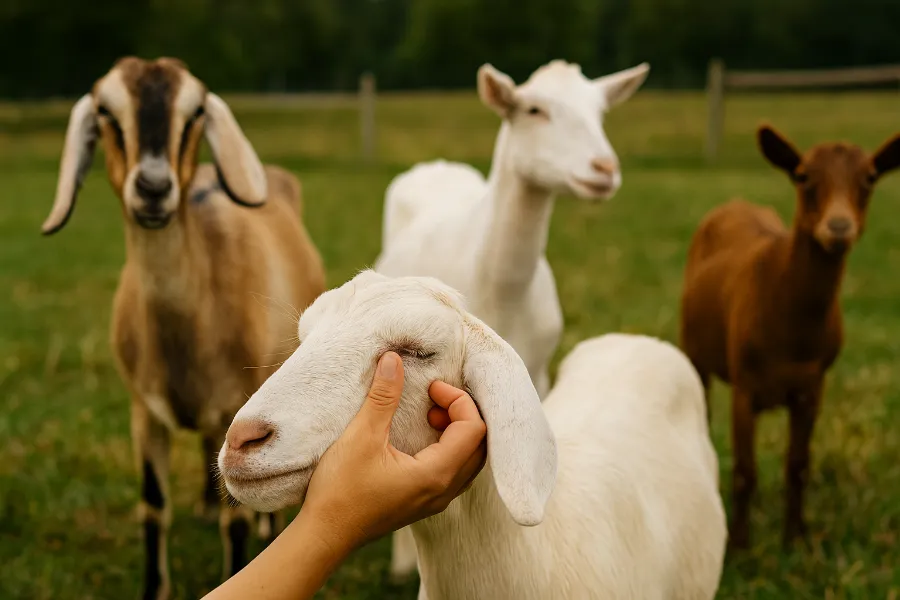
Your Goat Shelter & Supplies: Where Your Herd Lives
If your goats don’t have a good goat shelter, you’re fighting moisture, heat stress, and disease from day one. Over the years I refined my barn to these essentials:
- A roof with secure overhangs and good ventilation
- Dry, clean bedding (I use straw or pine shavings)
- Raised or well-drained floor (concrete, gravel, or packed dirt)
- Defined zones for milking, feeding, and sleeping
- Predator-proof fencing and safe grazing access
As for goat supplies, you’ll want more than just feed. Keep hoof trimmers, brushes, grooming tools, medications, collars, and backup buckets around. Having what you need when an issue emerges can be the difference between catching a small problem and having a big one.
Feed That Makes the Milk
Feeding is where your milk quantity, flavor, and health get decided. Overfeeding, underfeeding — both bite back. Here’s what I do now, after years of tweaks:
Alfalfa Hay & Forage
Alfalfa hay is a backbone of my feeding program. It’s rich in protein and calcium, which dairy does demand. I also supplement with grass hay to keep the diet balanced. Goats love to browse — weeds, brush, tree leaves — provide access when possible.
Grain, Minerals, and Water
- During lactation, I offer a dairy grain mix. Don’t go crazy, though — overfeeding grain leads to digestive problems.
- Goat minerals with copper and selenium are non-negotiable. One of my early regrets was buying cattle minerals — goats need different trace minerals.
- Fresh, abundant water is critical. I’ve seen does drink up to two gallons in a hot Texas day when in milk.
I also add black oil sunflower seeds or beet pulp as a treat to boost energy and milk fat when needed.
Daily Goat Care, Health, and Mastitis Prevention
You can have the best feed and setup, but without proper goat care, production will suffer.
The Daily Routine
- Observe your herd. Do they move normally? Eyes clear? Appetite steady?
- Clean and inspect udders before milking.
- Hoof trim every 4–6 weeks.
- Use a FAMACHA chart to check for anemia (look at eyelid color) — it helps with goat deworming decisions.
- Keep excellent records for breeding, kidding, meds, and milk yield.
Mastitis Prevention
Mastitis was one of my biggest fears early on — and with good habits, I rarely have it now. Here’s what works:
- Always sanitize goat milking equipment before and after use.
- Never skip udder cleaning.
- Milk fully (don’t leave milk trapped inside).
- Dip teats post-milking with antiseptic.
- Keep bedding dry and low in ammonia.
If you ever see clots, blood, or watery milk, isolate that doe and discard her milk. Call your vet if needed.
Goat Deworming, FAMACHA, and Parasite Control
Parasites are a silent enemy. Over the years, I learned that routine goat deworming without thought creates resistance. Instead, use selective methods:
- Use the FAMACHA system: if an eyelid is pale, that goat may need treatment.
- Rotate pastures to interrupt parasite lifecycles.
- Elevate feeders, avoid overgrazing, and keep pastures clean.
- Consult a vet for fecal counts — treat only when needed.
This approach has saved me thousands in medicine and kept my herd stronger.
Advantages & Disadvantages of Small-Scale Goat Milk Production
I’ll be honest: this life isn’t sunshine and rainbows. But it’s deeply rewarding. Let me walk you through the real pros and cons from where I stand now.
Goat Milk Advantages
- Fresh, nutritious milk — I know every ounce’s history.
- Lower startup cost than cows — you don’t need huge barns to begin.
- Versatility — milk, cheese, yogurt, soap, and more.
- Strong fit for sustainable farming — goats convert brush and weeds into value.
- Smaller footprint — manageable on acreage or small homesteads.
The Challenges
- Daily milking — you can’t skip days unless you have help.
- Rigorous sanitation — bacteria love one lazy scrub.
- Feed and vet costs — especially around kidding and during lactation.
- Milk seasonality — does dry off before rebreeding, so you’ll have gaps.
- Regulations — depending on your region, selling raw goat milk or cheese may require inspections and licenses.
For me, the payoffs have always outpaced the struggles — the quiet joy of a fresh glass, the smell of goat milk soap in the kitchen, the connection to land and animals.
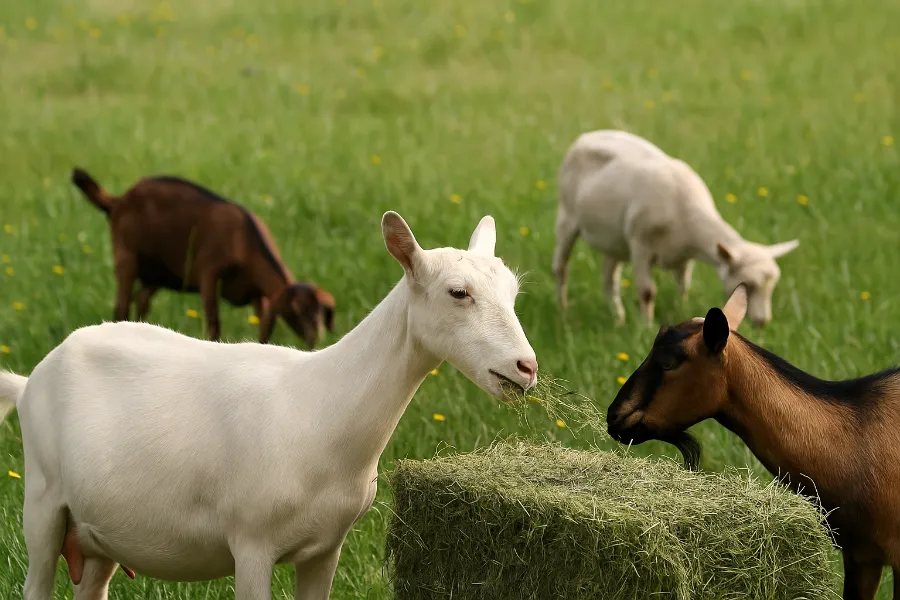
Putting It All Together: Your Path Forward
If I was starting over tomorrow, here’s what I’d do:
- Start with 2–4 does — maybe a Nubian and an Alpine or Saanen.
- Build a solid milking stand and buy the best goat milking pail I can afford.
- Assemble my goat supplies — towels, brushes, antibiotics, record books.
- Set up a shaded, dry goat shelter with breezes and raised floor.
- Build a consistent feeding plan: alfalfa hay, grain in milking, minerals, browse access.
- Milk twice a day, same times, with a gentle routine and careful mastitis prevention.
- Watch FAMACHA, rotate pastures, and apply targeted goat deworming.
- Keep meticulous records, monitor trends, and adjust based on what your herd tells you.
Over time, you’ll detect small changes — a doe’s yield creeping downward, a slight swelling in an udder, a need to shift your feed. That’s where the real art lies: listening, adjusting, responding.
Thank you for letting me share this with you — this isn’t just a “how-to,” but a story of trial, growth, and deep respect for goats and milk. If you ever want me to craft you a downloadable checklist, a graphic guide, or farm plan, I’m happy to help.
FAQs
Goat milk production is the process of raising and milking dairy goats to produce fresh milk for personal use or small-scale sales. It focuses on proper feeding, care, and hygiene.
Top dairy breeds include Nubian goats, Saanen goats, and Alpine goats. Each offers unique benefits in milk flavor, butterfat, and volume.
Most does are milked twice daily, about 12 hours apart. Consistent milking times help maintain yield and prevent udder infections.
A diet rich in alfalfa hay, quality grains, and loose minerals is ideal. Fresh water and access to browse or pasture also boost milk quality.
Keep milking equipment clean, sanitize udders before and after milking, and ensure dry, clean bedding. Early detection and hygiene are key to mastitis prevention.
You’ll need a milking stand, stainless goat milking pail, filters, and teat dip. Clean equipment ensures fresh, safe milk.
Yes, it’s an excellent fit for sustainable farming. Goats require less land and feed while providing nutritious milk and compostable manure.








